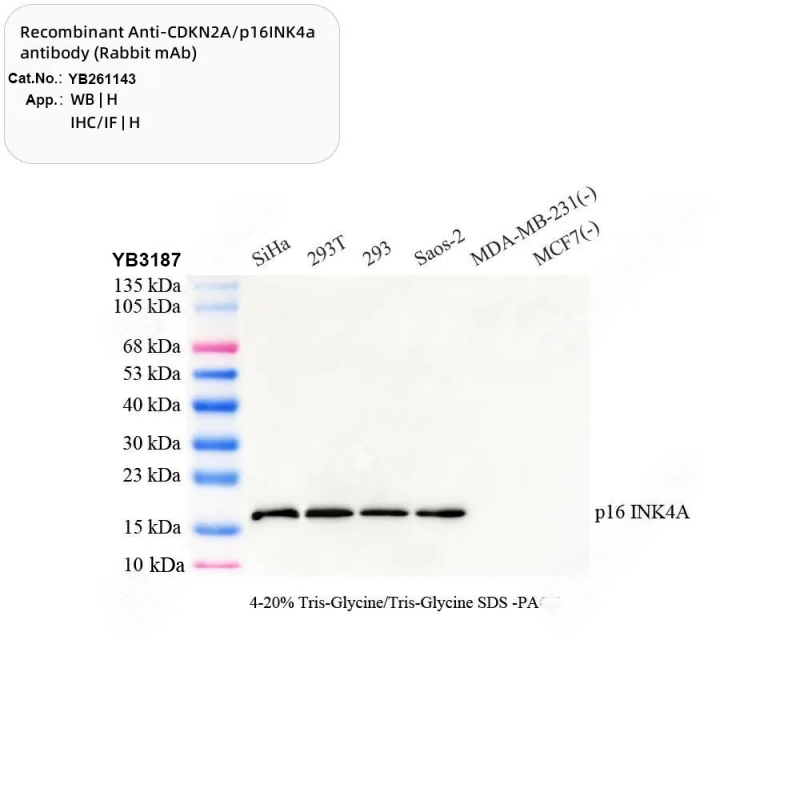I. Overview of Cellular Senescence
Cellular senescence is an irreversible growth arrest state entered by normal cells after a limited number of divisions, serving as a safeguard mechanism to control proliferative potential. Senescent cells undergo changes in morphology and metabolic activity; for instance, increased cell volume and upregulation of Senescence-Associated β-galactosidase (SA-β-gal) activity, which becomes a classic detection marker.
II. Core Detection Method: SA-β-gal Staining
Principle: The β-galactosidase in the lysosomes of senescent cells is active at pH 6.0 (as opposed to the normal pH 4.0) and can catalyze the substrate X-Gal to produce a blue product.
Application: Blue precipitate is observed via optical microscopy. Applicable to cells, frozen sections, and whole-mount tissues.
Recommended Products:
Special Fixative (Cat# YB2225)
Cell Staining Kit (Cat# YB2173)
Whole Tissue Staining Kit (Cat# YB2241, includes clearing solution, supports sectioning after whole-mount staining)
III. Senescence Markers and Antibody Recommendations
According to Cell guidelines, senescence markers are categorized into several classes; combined use is recommended to improve specificity:
Cell Cycle Arrest Markers

Negative Proliferation Markers
Nuclear Structure & Chromatin Alterations
Senescence-Associated Secretory Phenotype (SASP)

Metabolism & Oxidative Stress Markers
IV. Key Experimental Design Points
Multiplex Marker Use: Single markers are prone to false positives. A combination is essential, integrating SA-β-gal staining, cell cycle arrest proteins (p16/p21), negative proliferation markers (Ki67), etc., for comprehensive assessment.
In Vivo Validation Reference: The text provides a positive control table for senescence assessment in mouse tissues (e.g., p21 expression in aged liver, Lamin B1 reduction in brain tissue), which can guide model selection.
Summary
Detecting senescent cells requires initial screening via SA-β-gal activity staining, followed by validation using multidimensional markers including cell cycle regulatory proteins, nuclear structural changes, and SASP factors. When selecting antibodies, ensure the catalog numbers match the experimental system (human, mouse, etc.) and detection method (WB, IHC/IF) to guarantee result reliability.

Copyright @ Wuhan Yanbiotech Co., Ltd. All Rights Reserved.
 Network Supported Xml / Privacy Policy
Network Supported Xml / Privacy Policy